Climate change impacts are increasingly causing extreme weather events which have a detrimental effect on public health. The Planetary Health Check Report 2024 states: “The impacts of warming include, but are not limited to, modified extreme events like torrential rainfall, floods, heatwaves, and droughts.”1 The World Health Organization predicts that between 2030 and 2050, climate change is expected to cause approximately 250,000 additional deaths per year, from undernutrition, malaria, diarrhea and heat stress alone.2
Climate change does not impact all people’s health equally. People in racialized (Black, Brown, and other communities of color), historically divested, low-wealth, and rural communities live in areas often hit hardest by extreme weather, do not have adequate resources to rebuild after climate disasters, and experience chronic illnesses and other health complications due to a lack of medical care, and social and economic inequities.
Business can support these communities, reduce healthcare costs, and promote a healthier and more prosperous society through the co-benefits of embedding health equity into their climate and environment strategies.
But where do businesses start and how can they access community organizations’ expertise?
Partnership for Southern Equity (PSE) is an Atlanta-based NGO dedicated to advancing racial equity and shared prosperity in the American South by creating opportunities for energy equity, health equity, equitable development, youth power building, and economic inclusion. PSE is also a member of BSR’s Centering Health Equity in Climate Action collaborative initiative. At PSE, we have seen the benefits of partnering directly with community members, elected officials, healthcare institutions, and other stakeholders to advance climate and health equity.
PSE is committed to convening both businesses and communities to encourage authentic engagement and shared decision making. There is an opportunity for businesses to connect and with and work alongside communities to identify opportunities for the co-design of solutions that will advance health and environmental equity in the communities most impacted by climate and environmental harms.
Supporting healthcare professionals to advance climate and health equity
PSE recognized healthcare institutions in Atlanta lacked the necessary information and frameworks to address the environmental and social determinants of health affecting local communities. In response, we partnered directly with healthcare professionals to improve patient outcomes and reduce environmental impacts via:
- Preventive Practices: Integration of climate-related social determinants of health into patient care plans to prevent chronic diseases and proactively mitigate environmental health risks.
- Resource Mapping: Development of referral networks and informational tools to provide access to local environmental and health resources.
- Institutional Leadership: Assessment of existing roles to understand where additional sustainability functions may be needed.
As a result, healthcare professionals were equipped with strategies to advance climate and health equity in their daily practices with patients, resulting in a more inclusive healthcare system and improved health outcomes for both people and the planet.
Key takeaways for business:
Collaborate locally: Partnering with local nonprofits is mutually beneficial. Nonprofits bring deep insights into community needs, and businesses gain expert partners to co-design impactful, effective solutions.
Invest in employee training: Build internal teams’ capacity to address climate and health with an equity-centered mindset.
Support equity-focused leaders: Appoint leaders who reflect the communities impacted by business operations and who are dedicated to advancing environmental and social justice and actively include their experiences and voices.
Four Steps to Centering Health Equity in Climate Action
As a member of Centering Health Equity in Climate Action (CHEC), PSE was pleased to contribute to the recently published “Centering Health Equity in Climate Action Toolkit for Businesses”.
The following four practical steps are expanded upon in the toolkit and offer businesses a path forward to centering health equity within their climate strategies:
1 Understand the business’ climate and health equity impacts
Begin with a thorough assessment of where climate impacts from your business may have public health impacts along your value chain and especially consider where inequitable effects on vulnerable populations may occur.
Identify where your company’s operations most significantly impact the environment and, in turn, people’s well-being. Prioritize the climate and health equity issues that are most important to your business and stakeholders. Collaborate with peer companies, NGOs, nonprofits, academics, and communities to understand key areas for action.
2 Start with the most impacted in your value chain
Identify the populations most affected by climate and health equity impacts within your value chain, as these are the groups for which your business holds the greatest responsibility.
Affected stakeholders are individuals, groups, or communities that are directly or indirectly impacted by a business’s operations, decisions, or policies. These stakeholders include customers, employees, investors, residents, small businesses, and marginalized groups whose social, environmental, or economic well-being may be influenced by the business’s activities.
3 Measure, manage, and monitor
What gets measured gets managed. Begin by collecting data on your climate and health equity impacts and commit to ongoing measurement, management, and monitoring. With data insights, set goals based on clear insights and align them with your company’s sustainability targets. Integrate health equity into your sustainability strategy and regularly measure and report on progress toward goals.
4 Embed climate and health equity throughout your organization
Lasting change is only possible when initiatives are aligned to a business’ objectives, mission, and vision. All parties should be on board: from the board and executives to department leads and their teams.
The steps outlined above will help organizations to embed health equity in their climate action. We strongly recommended partnering with local community organizations to co-design initiatives which are more effective, as we know from experience that those directly impacted are both the most motivated and knowledgeable when it comes to developing useful solutions.
Download the Centering Health Equity in Climate Action Toolkit for Businesses
Join the CHEC members in a webinar on April 10, details here.
Learn more about Partnership for Southern Equity’s work in Atlanta in the film ‘ATL Rising: Building resilience in the face of extreme heat.’
1 https://www.planetaryhealthcheck.org/boundary-pages/planetary-boundary-climate-change L. Caesar*, B. Sakschewski*, L. S. Andersen, T. Beringer, J. Braun, D. Dennis, D. Gerten, A. Heilemann, J. Kaiser, N.H. Kitzmann, S. Loriani, W. Lucht, J. Ludescher, M. Martin, S. Mathesius, A. Paolucci, S. te Wierik, J. Rockström, 2024, Planetary Health Check Report 2024. Potsdam Institute for Climate Impact Research, Potsdam, Germany. (*equal contributors to this work and designated as co-first authors).
2 https://www.who.int/news-room/fact-sheets/detail/climate-change-and-health










